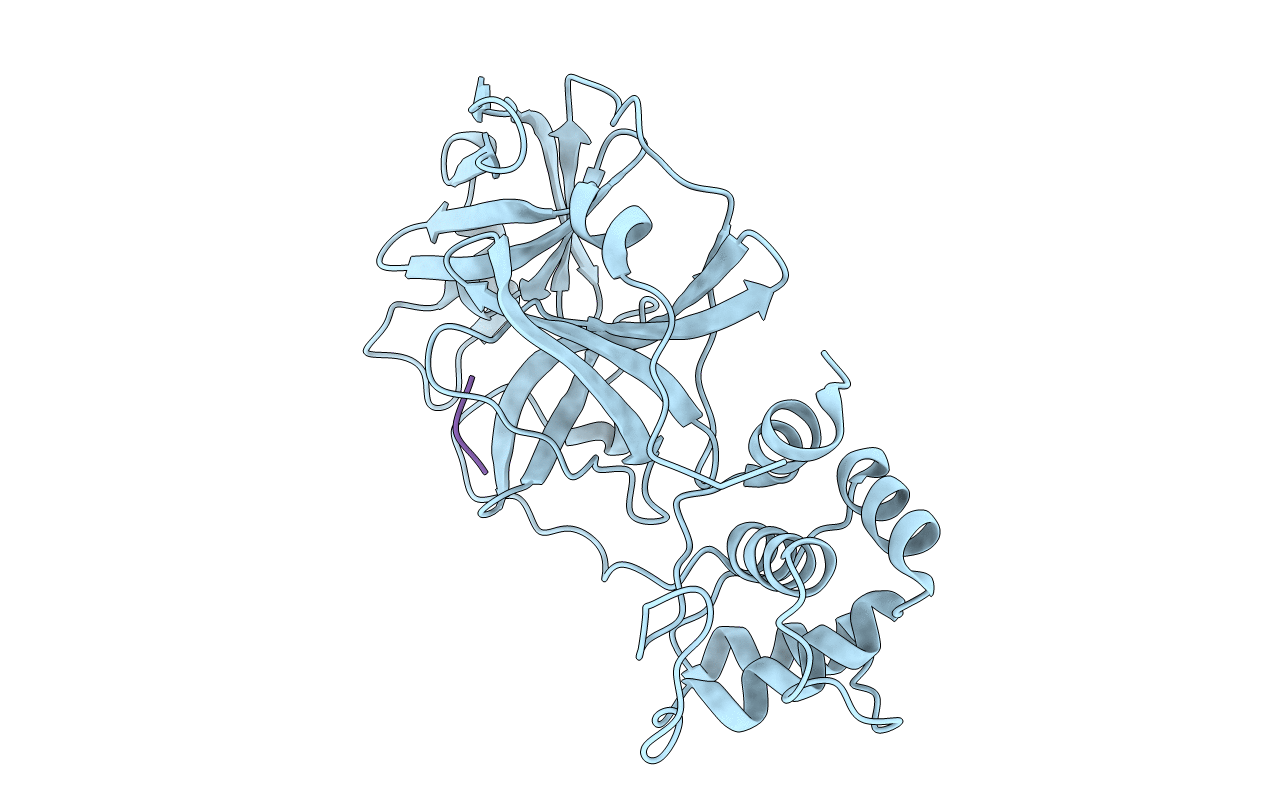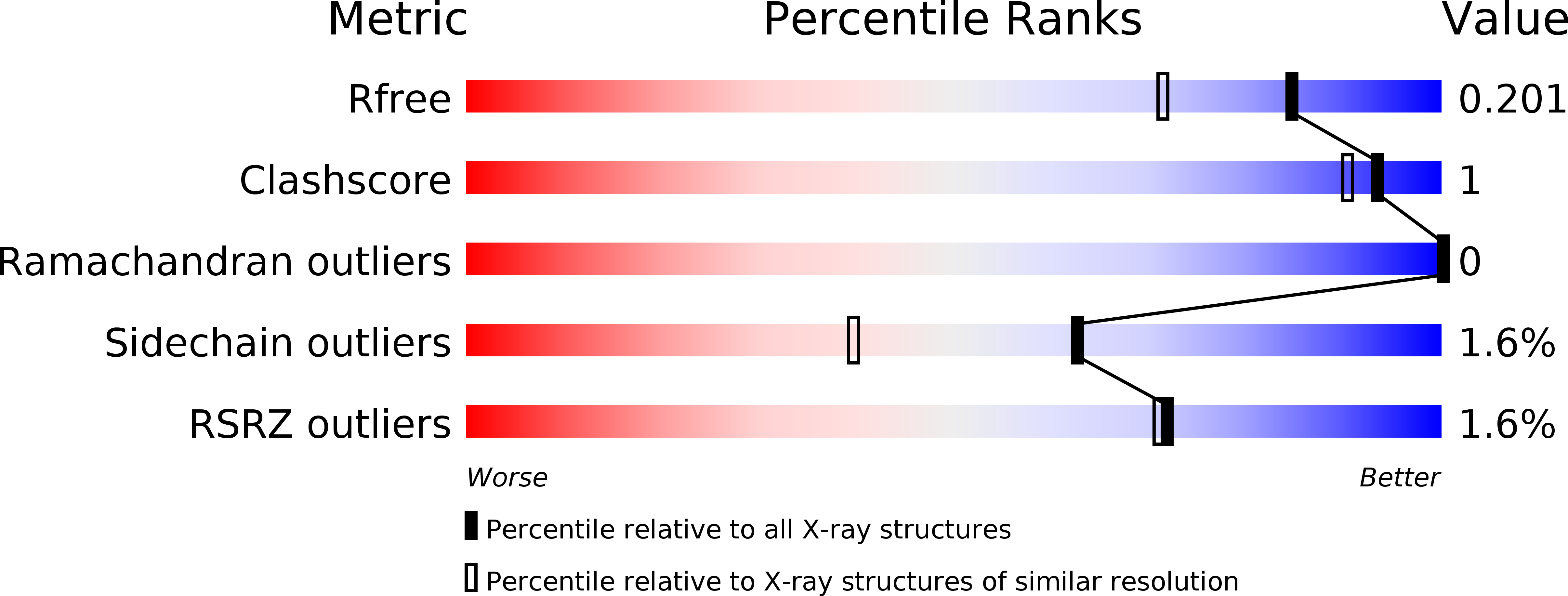
Deposition Date
2014-11-10
Release Date
2015-06-17
Last Version Date
2023-12-06
Entry Detail
PDB ID:
4RSP
Keywords:
Title:
X-ray structure of MERS-CoV nsp5 protease bound with a designed inhibitor
Biological Source:
Source Organism:
Middle East respiratory syndrome coronavirus (Taxon ID: 1335626)
Host Organism:
Method Details:
Experimental Method:
Resolution:
1.62 Å
R-Value Free:
0.20
R-Value Work:
0.16
R-Value Observed:
0.16
Space Group:
C 1 2 1


